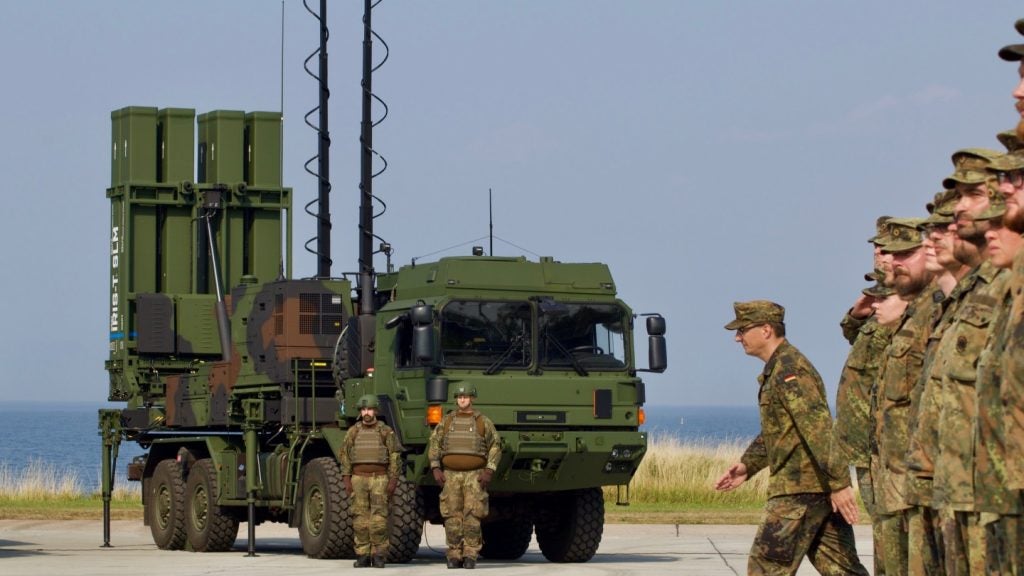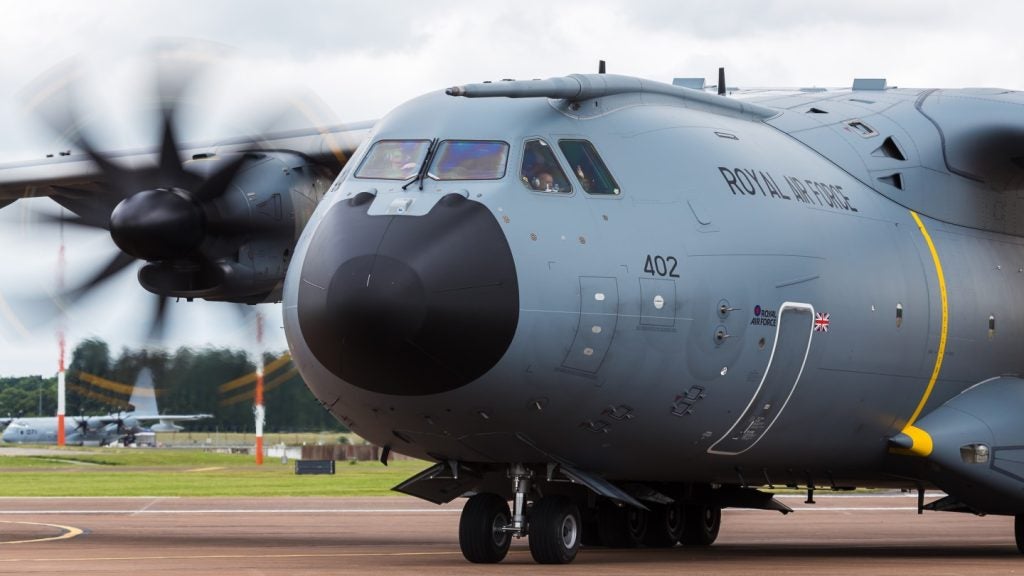The US Air Force intends to track 500 additional non-manoeuvring satellites on a daily basis adding to its 800 manoeuvrable satellites it presently tracks for possible collisions in space.
The air force began upgrading its tracking ability after a dead Russian military communications satellite collided with a commercial US satellite in February 2009, according to Reuters.
US Strategic Command commander General Kevin Chilton said the crash destroyed any sense that space was so vast that collisions were highly improbable.
“The air force intended to do more thorough analysis of possible collisions in space, but lacked the resources,” he said.
Before the collision, he said they were tracking less than 100 satellites a day.
USAF Strategic Command’s Joint Functional Component Command for Space head Lieutenant General Larry James said that the air force met its goal for tracking possible collisions among 800 satellites that had the ability to be moved in September, ahead of an October target date.
How well do you really know your competitors?
Access the most comprehensive Company Profiles on the market, powered by GlobalData. Save hours of research. Gain competitive edge.

Thank you!
Your download email will arrive shortly
Not ready to buy yet? Download a free sample
We are confident about the unique quality of our Company Profiles. However, we want you to make the most beneficial decision for your business, so we offer a free sample that you can download by submitting the below form
By GlobalData“Our goal now is to do that conjunction assessment for all active satellites … roughly around 1,300 satellites … by the end of the year and provide that information to users as required,” James said.
Some of the 500 satellites that remain to be assessed, however, cannot be shifted as they do not carry extra fuel needed to move them once in orbit according to Reuters.







